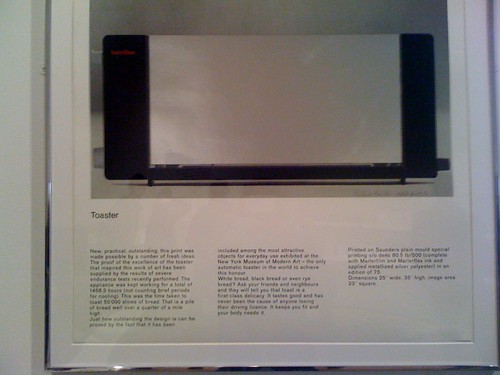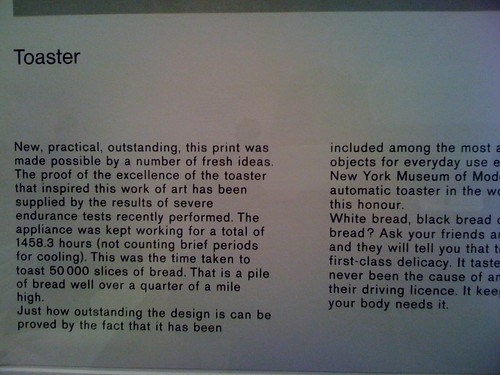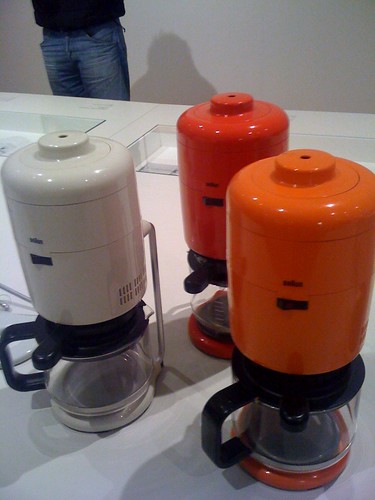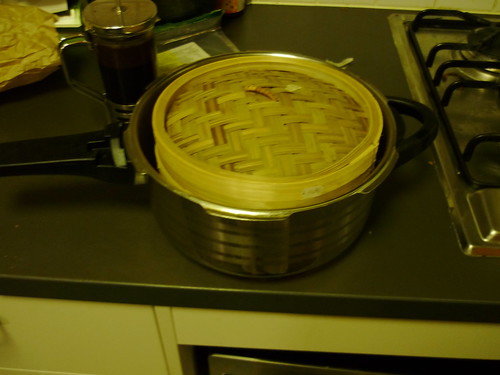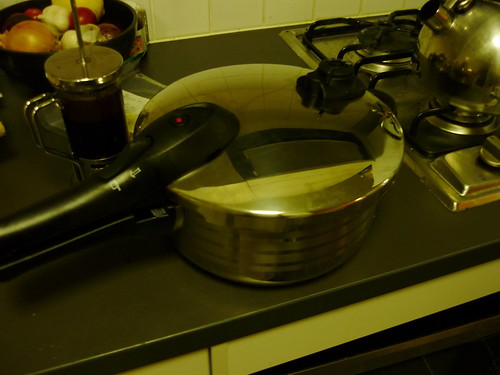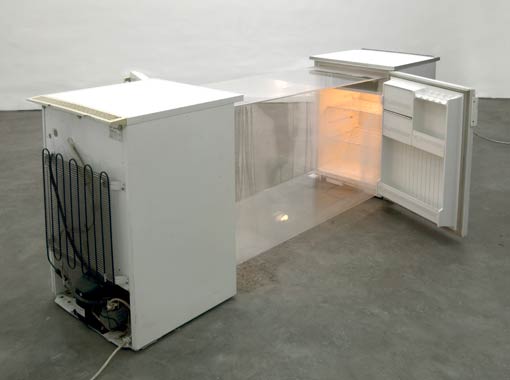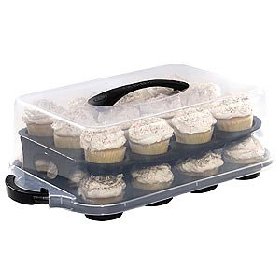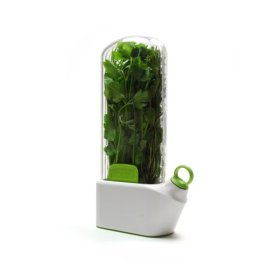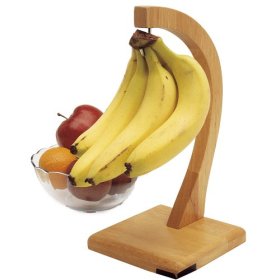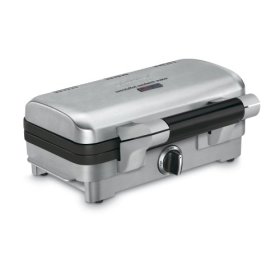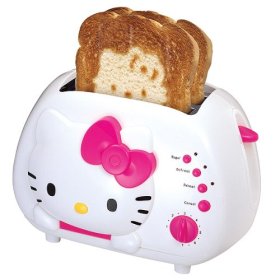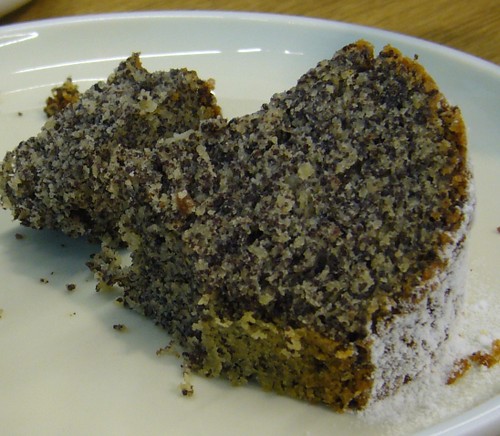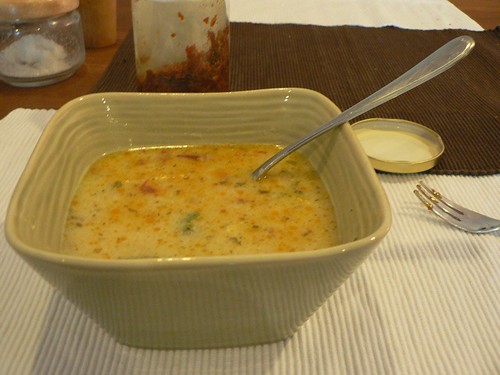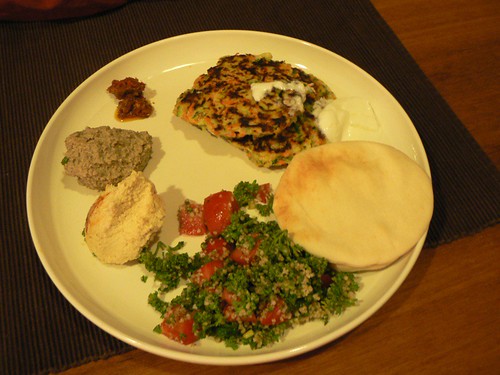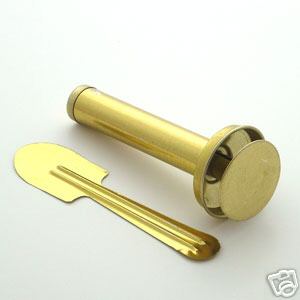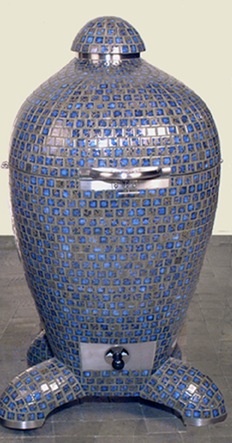The Week the Oven Stood Still
Saturday, 30 October 2010 by kinakoJam

A stodgy rendition of chestnut rice
Saturday
Boom - in between a batch of sweet potato oven fries and a soup, our oven went kaput. Ironically, it's the only appliance in the kitchen wired up by a qualified electrician. Yes, an electrician who works in the warehouse of a music distribution company and moonlights as a hip hop promoter, but totally qualified, he assured us...
We sometimes get electric shocks off our dishwasher too, so maybe it's time to get a professional electrician over. Thank god I have house shoes with rubber soles.
I'm sad that we may have to part with the brown 70s AEG porcelain-top oven that we got for 60 euros on ebay.
Maybe it's cold cuts and cheeses with bread for dinner the next 2 weeks - how very German.
Sunday
I turn the house upside down looking for the Singaporean cookbook that came with our Panasonic rice cooker, but can't find it. I'm sure it's possible to cook a whole fish in that thing.
I do find the user-manual, which has basic instructions for using the rice cooker to steam food or bake cakes. I'm thinking a Mexican pineapple upside down cake cooked in a rice cooker could be elegant.
We have some frozen Korean dumplings. Fill the rice cooker with luke warm water, put dumplings in on plastic steamer insert, and set the steam function for ten minutes. A few minutes later and there's no sign or sound of the water heating.
We boil the jug and add boiling water to the ricecooker, and steam starts coming through the vent. And continues long enough to cook the dumplings. Success!
Monday
A simple spread with tomatoes from our colleague Wulf's balcony, and good Manufactum sourdough. Nothing beats the enchanting slimy stringiness of buffalo mozzarella.
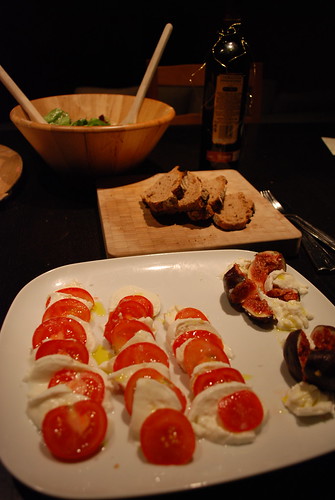
Tuesday
Seems like a good idea to test drive the rice cooker with other grains, so it's time to try a wholegrain barley pilaf. The word 'pilaf' brings to mind '80s cooking magazines - and wholegrain barley is probably considered pig food in many parts of the world - but this dish was a very refined sort of pig food. Hearty, speckled with pine nuts and sprinkled with pecorino, complimented by a side of grilled eggplant done on the George Foreman grill.
If you close the lid in between adding ingredients to trap heat, you can definitely get a gentle simmer on and sauté ingredients to build up the flavour in your rice-cooker stew. You don't need much oil since the heat is low and the moisture is trapped. Of course, it helps if the recipe contains lots of umami components like red wine, mushrooms and a touch of curry powder... Although the rice cooker couldn't achieve a high enough heat to 'toast' the grains beforehand, it didn't affect the quality of the dish.
Note: there are some rice cooker recipes on the net for browning whole legs of lamb (presumably in big-ass industrial sized cookers), but it's very dubious that you could get the heat high enough to do so. The rice cooker is better for slow simmering and flavoursome hodge-podges.

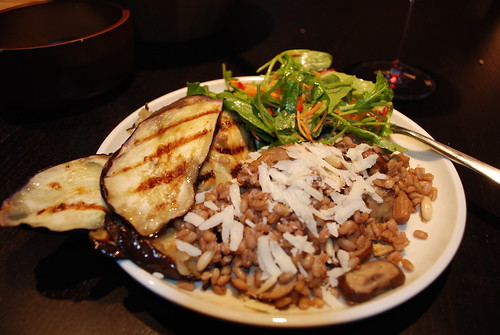
Wednesday
I contemplate the eggs in the fridge and wonder if there's a way to microwave them. Better instead to cook some veg on our beat-up old George Foreman grill...hmmm, or maybe not. The George Foreman grill gave us a few good years of service, but chose to kark it tonight. Extraneous electrical appliances are all destined for the dust heap in the end...I'm all about manual egg-beaters and bicycle-powered dishwasher from now on.
Extraneous or not, it's now a choice between microwave and rice cooker if we want to have a hot meal. We choose the latter, and adapt a pumpkin curry recipe from Mira Mehta's 'Hajimete No Ryoori: Healthy Way to Indian Cooking'. It works really well in the rice cooker if you close the lid and let stew for 5 minutes when the recipe asks for stir frying, or cooking gently for that matter. It's one of those dishes which creates a magical chemistry between seemingly simple ingredients: the whole house is filled with a tantalising pumpkin-cinnamon scent from the vapours escaping the rice cooker vent. Highly recommended.
Mira Mehta's Pumpkin Curry - serves 4
1 kg butternut peeled & cut into bite size chunks
1 large tomato chopped
1 green chilli finely chopped
1 dried red chilli
3 cm cinnamon stick
3/4 tsp turmeric, 1 tsp coriander powder, 1 tsp cumin powder, 1/2 tsp chilli powder
3/4 tsp salt
2 tbsp oil
coriander leaves for garnish
1. add oil to pan or rice cooker, when hot add red chilli & cinnamon stick - as soon as they become fragrant, add the tomato & cook gently for a minute or two. Add the green chilli, turmeric, coriander powder, cumin and chili powder and stirfry 2-3 min.
3. Add pumpkin, stir, marinate for a minute or so then add salt & 2 cups water.
4. Cover or close lid, turn heat to low. Cook circa 20 min (or one white-rice-setting cycle) until pumpkin is tender. Serve & garnish with coriander (or not..).

Thursday
Hiroko Shimbo's book The Japanese Kitchen has a lot of great rice cooker recipes: rice with oysters, rice with beef, burdock and porcini, etc. We decide to go for the classic chestnut rice - but it doesn't turn out perfectly, even though I spend what feels like 30min washing the short grain rice beforehand. Maybe the brand of rice was sub par, maybe the fancy canned french chestnuts weren't strong enough in flavour. Next time we'll try the dish with brown rice (for its sturdy flavour and sturdily shaped grains) and roast some of the fresh chestnuts that have just come into season.
Friday
Carbs galore. Craving a more hearty sort of rice dish, we try out the brown rice & tea porridge (genmai chagayu) from the website Just Hungry. Cooked in roasted bancha tea using the rice cooker's 'slow cook/porridge' setting, dotted with tasty lentils, dusted with furikake flavour sprinkles, and accompanied with salad and a soft-boiled egg, it is a satisfyingly simple brothy autumn dish, but due to brown rice being a little TOO impervious to mushiness, it doesn't really achieve the proper gloopy okayu texture until it's reheated the next morning.
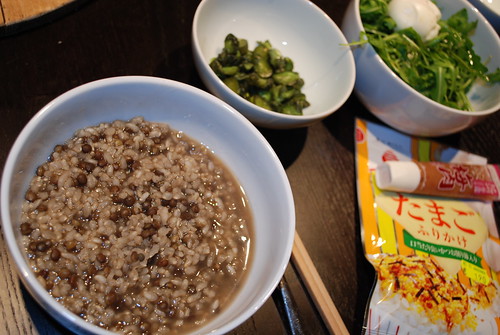
Saturday
Our new ebay stovetop and oven arrive, but oops - we somehow manage to smash the door of the oven into a million tiny pieces...Apparently you are not supposed to lift it up by the handle on the front.
Sandwiches for dinner, anyone?
